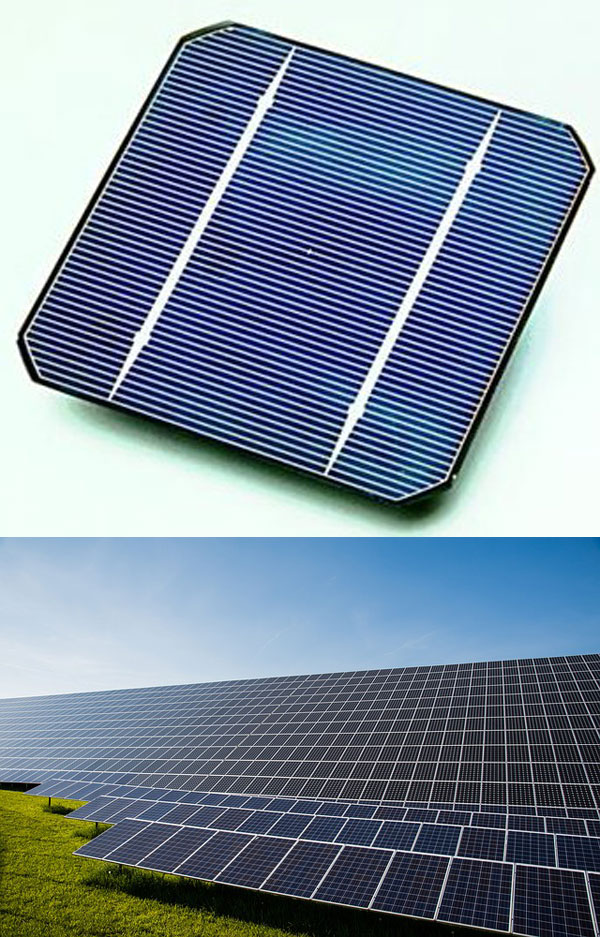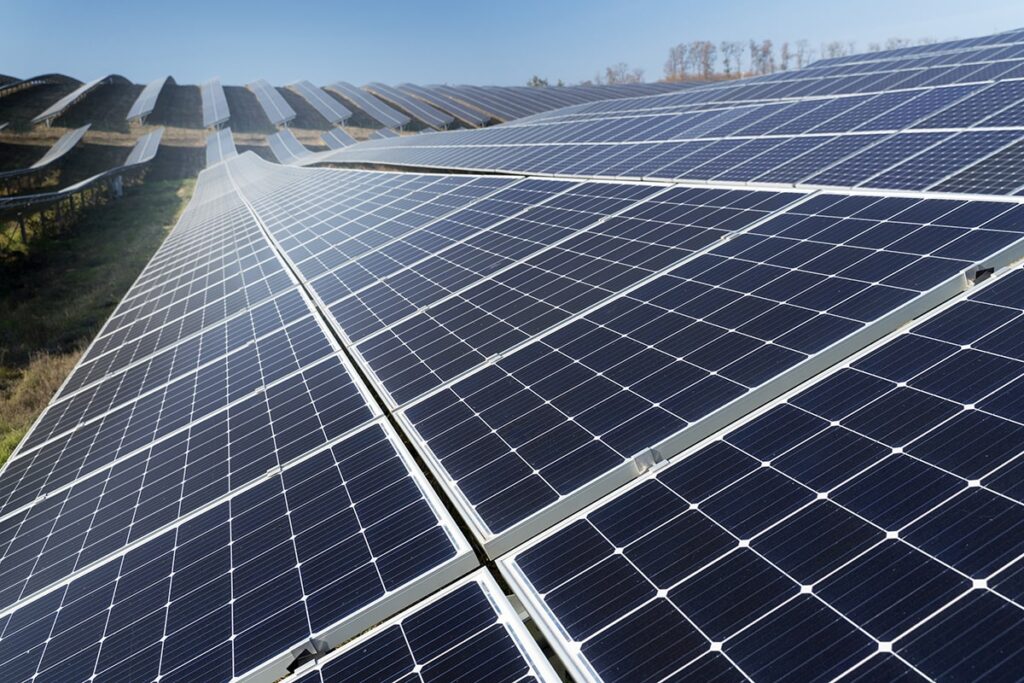- The history of solar cells: The solar cell was invented 100 years ago, but has only been an efficient energy source for the last 50 years
- Potential: Today, it is practically possible to cover the entire world’s energy consumption with solar cells – but it would require huge investments
- Solar cell types: There are 3 types of solar cells: monocrystalline, polycrystalline and thin film
- Inverter: Solar cells produce direct current and since most electrical appliances use alternating current, the power from solar cells must pass through a so-called ‘inverter’ before it can be used in private homes. Inverters vary and you should research the market before buying one. The inverter should be replaced approximately every 10 years.
- Lifespan: The lifespan of a PV system is typically over 25 years and in many cases you can expect around 30-40 years. The lifespan is highly dependent on the quality of the solar cells and the correct installation of the PV system. In addition, the lifespan can of course be significantly shortened if it is hit by flying objects, destroyed by people, etc.
- Decay: All solar cells perform less and less with each passing year. This loss is calculated in percentages and stated by the manufacturer in the form of a performance guarantee (e.g. 1% percent annual loss equals 80% performance after 20 years)
- Direct sunlight: Of course, solar cells should preferably be placed in a location where they can be exposed to the sun’s rays undisturbed throughout the day (not in partial shade, etc.)
- South-facing solar cells: For optimal exposure, solar cells in northern countries should face south and have an inclination of 30 – 45 degrees. Solar cells always generate the maximum amount of energy when they face the sun directly. This is also why many of the larger PV systems automatically rotate according to the sun’s position in the sky
- Solar panels: Solar panels are different from solar cells. Solar panels don’t generate energy directly; they heat water directly. In practice, this works by a pump pushing cold water from a tank through the pipes in the solar panel. Here, the water is heated using the sun’s energy. The term solar panels is also used to refer to photovoltaic panels
- Largest solar power plant: The largest solar power plant in the world is located in the Mojave Desert and covers 4 km2
You can read more about solar energy here

Large systems like this work by using multiple mirrors to reflect sunlight onto the receiver in the tower
Benefits of solar cells
- No maintenance: Solar PV systems are virtually maintenance-free because they have no moving mechanical parts to wear out, but also because they don’t rely on water, batteries, etc.
- Local power supply: Solar cells produce power locally, making you more self-sufficient and more independent from energy companies
- No running costs: Once the solar panels are installed, there are almost no ongoing costs
- 5 – 10 year horizon: Most solar PV systems pay for themselves after 5-10 years, after which they provide free energy
- Energy prices: With a solar panel you are independent of future energy prices
- Lower electricity bills: Solar panels can significantly reduce electricity bills in virtually any type of building
- Power failure: With photovoltaics, you won’t be affected by power outages (for example, if an entire city is cut off, the PV system will continue to produce power)
- Noise: Solar cells are generally not noisy (although in some installations the inverter can be a bit noisy) and do not cause any visual nuisance (unlike many other energy-generating installations)
- 24/7: Solar cells are able to store power in batteries and provide you with electricity at night, when it’s cloudy, etc.

Fact: The life expectancy of solar cells is typically 30-40 years. Here you can see a monocrystalline solar cell (top) and a photovoltaic system (bottom)


